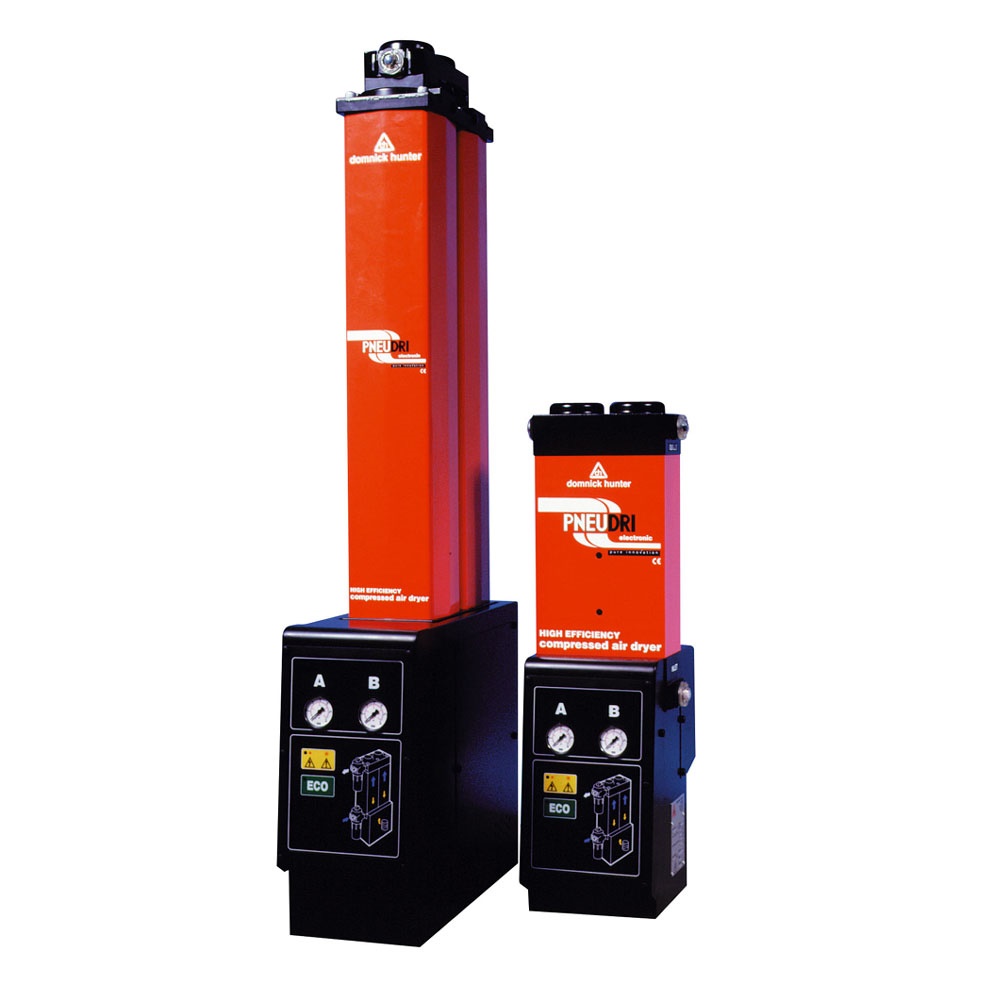What is a Continuous Use Desiccant Air Dryer?
Posted by Tyler on 07 19 2016
I recently heard a customer refer to his heatless regenerative desiccant air dryer as a continuous use dryer. That is an intuitive and descriptive phrasing. But I had never heard anyone use the term. It was a good reminder about the value of not getting bogged down in industry jargon.
So what is a continuous use air desiccant air dryer? My customer was referring to an air drying device where there is no need to frequently change or manually regenerate the desiccant beads. The dryer refreshes the desiccant automatically. It just keeps going with no operator intervention required.
The most common type of dryer falling into this category is called (jargon alert) a heatless dryer. A heatless dryer consists of two desiccant columns, a controller, and some valves. This technology yields high purity compressed air with a -40⁰F dew point, which is Gobi desert dry. These dryers are typically used for laboratories, instrument air systems, and to protect compressed air lines that are exposed to low ambient temperatures.
Parker PNEUDRI MidiPlus Heatless Desiccant Dryers , 64 to 176 CFM with Optional DDS Controller
Keep in mind that the regeneration of the desiccant requires the consumption of about 15% of the dryer’s nominal flow rating. For example, if the dryer is rated for 100 CFM it needs to consume about 15 CFM. This so-called purge air is used to strip water molecules from the column. The purge continues irrespective of actual system flow. So when installing one of these, you must consider the dryer itself as a source of air demand.
Fortunately continuous use dryers (heatless dryers) with nominal ratings greater than about 50 SCFM can be purchased with dew point demand switching (DDS) controls. A DDS controller detects the moisture load on the dryer. In low moisture conditions (e.g. partial flow or low temperature operation) the DDS controller will shut off the purge valve, saving compressed air. It is an energy saving technique and can considerably reduce operating expense, especially as you move into larger systems.
In some utility service areas, retrofitting a heatless dryer with a DDS controller qualifies for a rebate.


